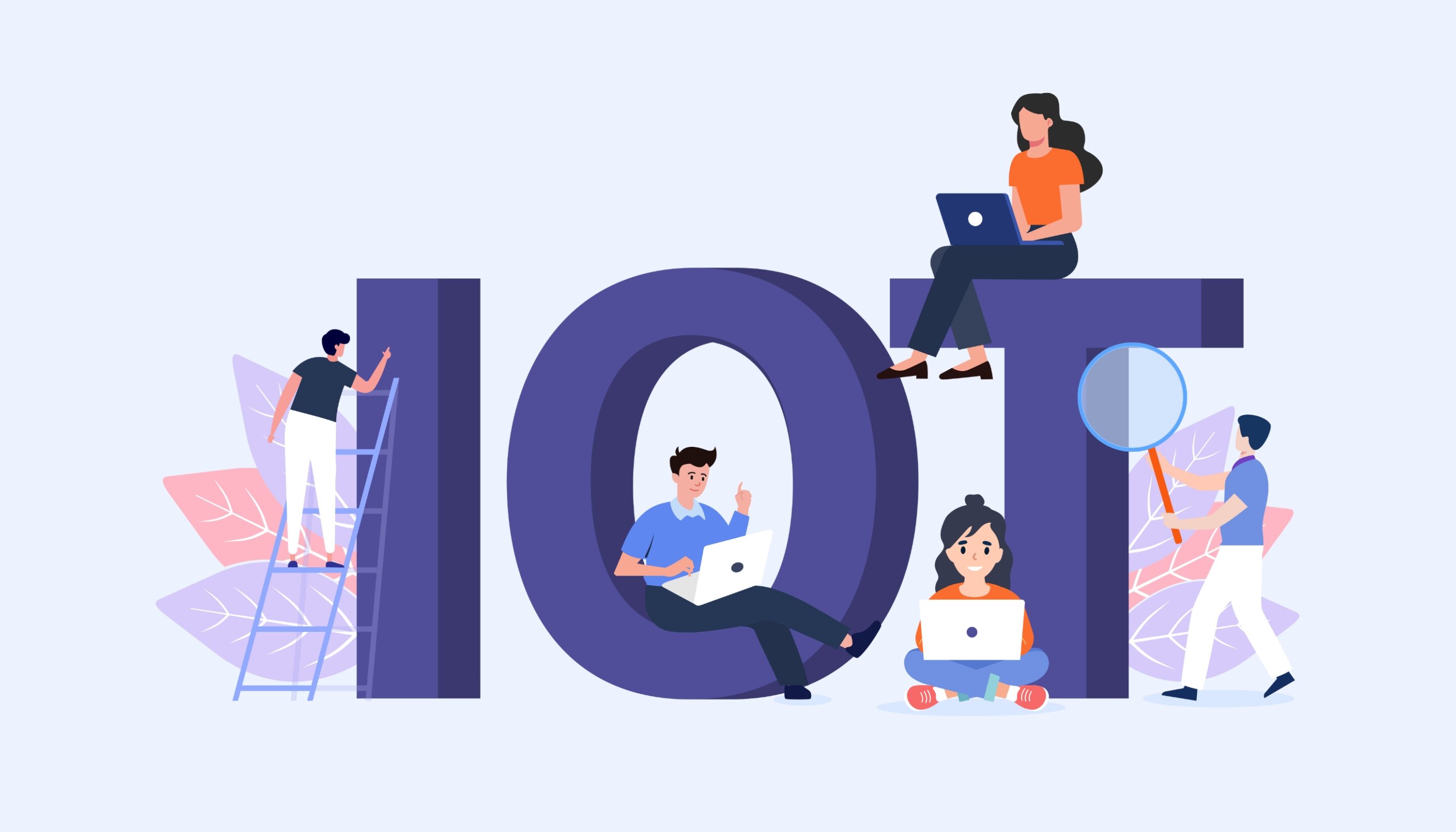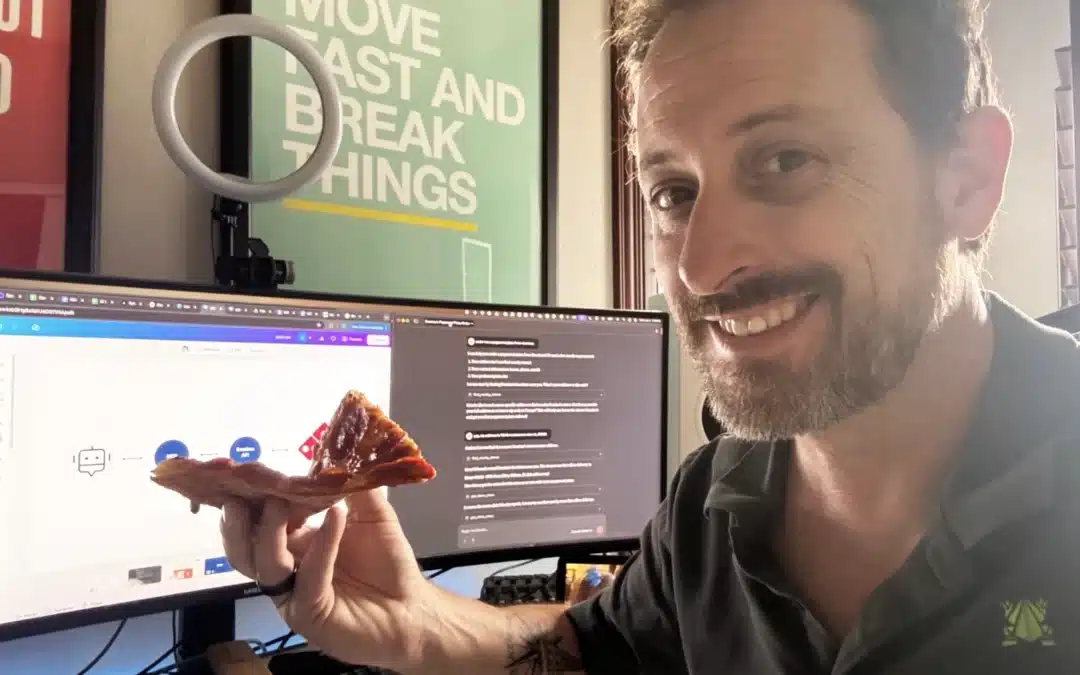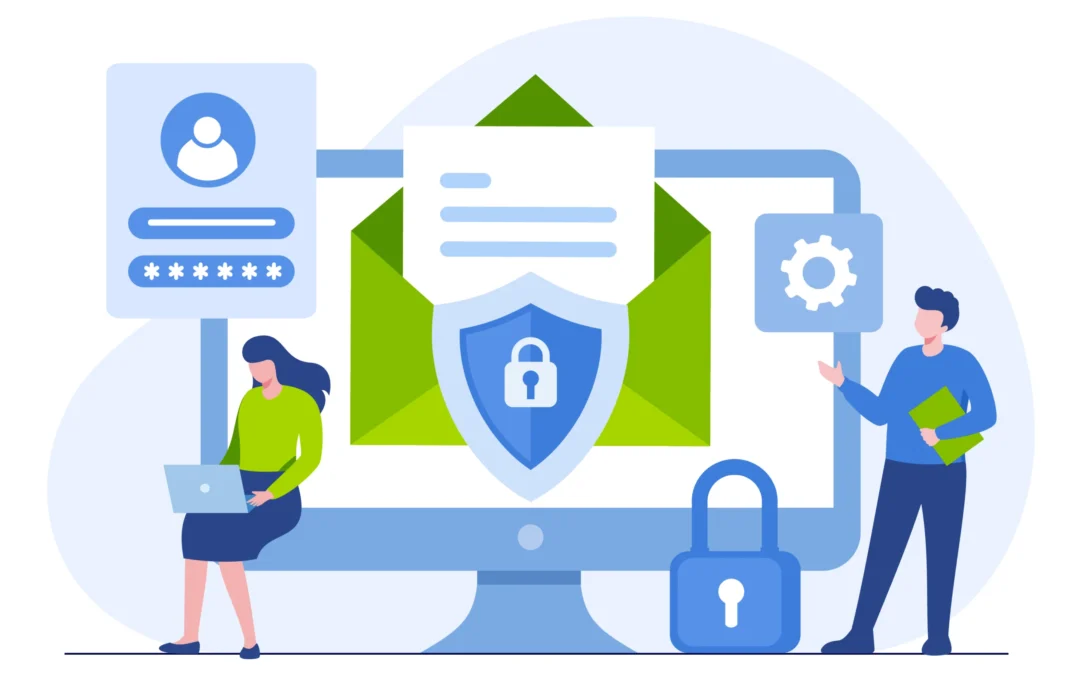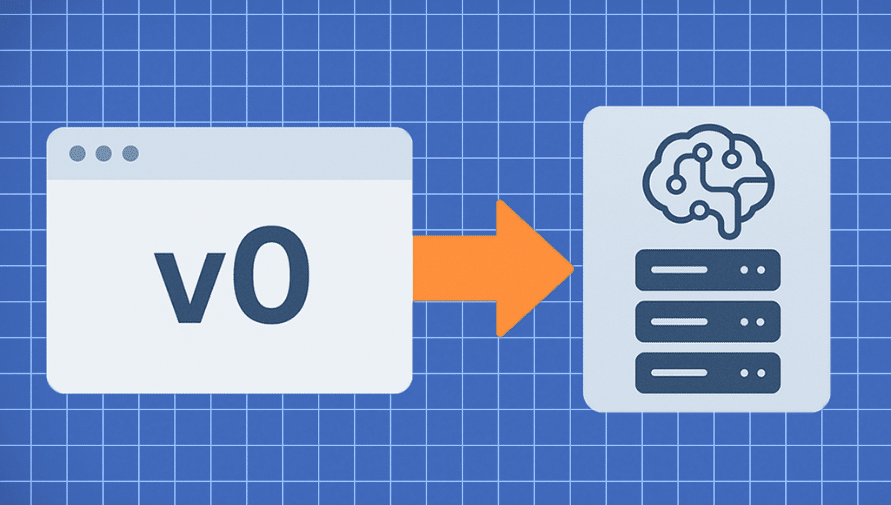
While the term “Internet of Things” (IoT) was coined over 20 years ago by Procter & Gamble employee Kevin Ashton, broad adoption of connected and interconnected devices only began a few years ago. This better way to track and interact with our devices (and for them to interact with each other) has taken many industries the better part of those 20 years to adopt. The cruise industry, however, has eagerly embraced the opportunity. For cruise lines, IoT can be deployed to not only operate more efficiently, but also to help guests get the most out of their voyage. That said, there is a whole world of untapped potential for IoT to further elevate guest experiences in such a way that the cruise industry can set a new high bar for technology-enabled delight.
The Now
IoT is already woven throughout the hospitality guest experience in many ways. One of the simplest and most prevalent is through near-field communication (NFC) technology. NFC is a set of protocols that allows two electronic devices to communicate over a distance of 4 centimeters or less. It can be incorporated into something as simple as a small token or card and used to communicate with another NFC-enabled device designed to track it, display information about it, process a payment, or any number of other useful functions. NFC is already in use for accepting paperless tickets and tracking luggage tags, as well as in wrist devices for contact tracing, unlocking doors, and providing guest identification.
For communication across distances greater than 4 centimeters, Bluetooth and Wi-Fi are used to connect with devices, such as integrated display screens at key guest touch-points where a smaller mobile phone screen does not suffice.
IoT also enables guest conveniences such as remote control of in-room electronic systems and access points, allowing guests to turn off TVs, music, and lights from anywhere inside or outside of their rooms. Other conveniences include infrared devices that detect if a room is occupied or not for less intrusive housekeeping and inclusion with smartphone applications that deliver guests with essential onboard information, allow for safer touchless check-in, and let guests order in-room dining without having to wait on hold for an order taker.
The New
While IoT already enhances the guest experience in isolated ways, completely integrated systems are on the horizon. NFC, location technology, Bluetooth, and Wi-Fi will all work together to offer safe, seamless, and highly customized guest experiences. As a ship approaches points of interest during a cruise, passengers will receive personalized notifications informing them of what’s ahead and not to be missed. Guests will be able to utilize augmented reality on their smartphones for visual directions and information about attractions within view. Virtual mustering and complete stateroom automation will set the standard for convenience, operational cost savings, and safety. And perhaps most importantly, everything (absolutely everything!) will be paperless.
In the future, we will see the collapse of the silos of operational and experiential technology as new innovations seamlessly blend necessities with “cool factors.” These next scions will test the limits of what each of the aforementioned technologies can do on their own, ushering in a wave of multifaceted, multi-functional technology suites that work together to provide an evolutionary guest experience.
The Revolution
Today, IoT in hospitality is utilized in bits and pieces, disparate and scattered. However, a revolutionary moment will come when we can take advantage of everything that IoT has to offer, add in machine learning, and orchestrate it all into a seamless experience facilitated by guests’ own devices and devices they interact with shipboard. Extrapolating all of the data generated by these devices into creating real clout with guests and operations will be no small task, but those who can combine expertise in both hospitality and technology with a true focus on the guest have a distinct advantage.
In fact, most of the necessary technology pieces to this puzzle already exist. For revolutionary change to be accomplished, it will take more innovative thinking about intercommunication between IoT devices, applications, and humans that not only makes sense operationally and financially, but also inspires wonder, amazement, and, ultimately, guest loyalty.


